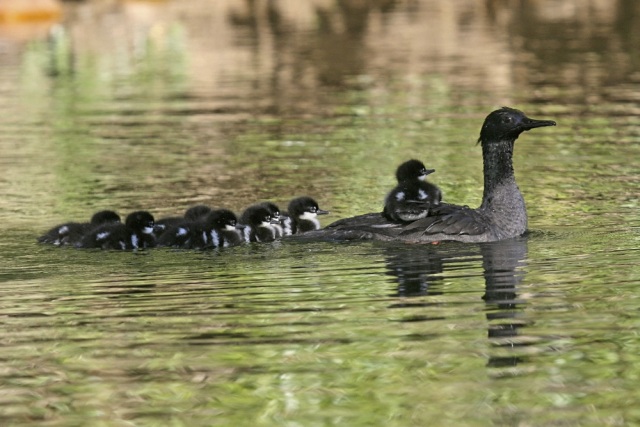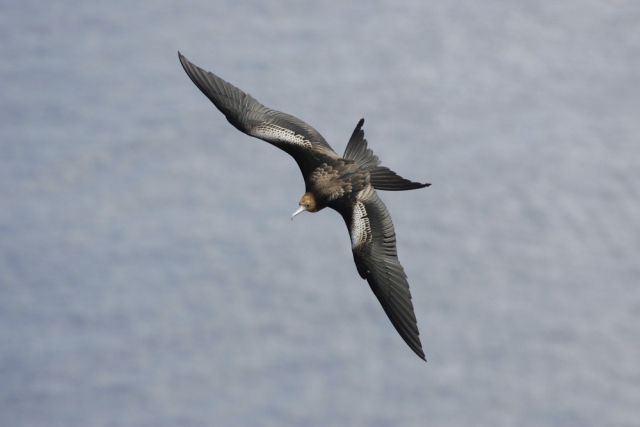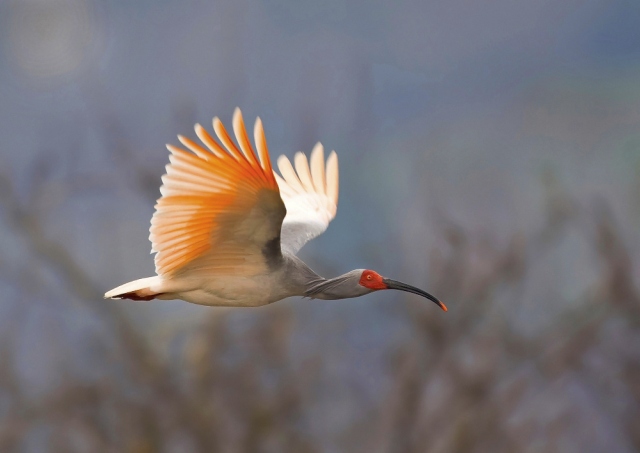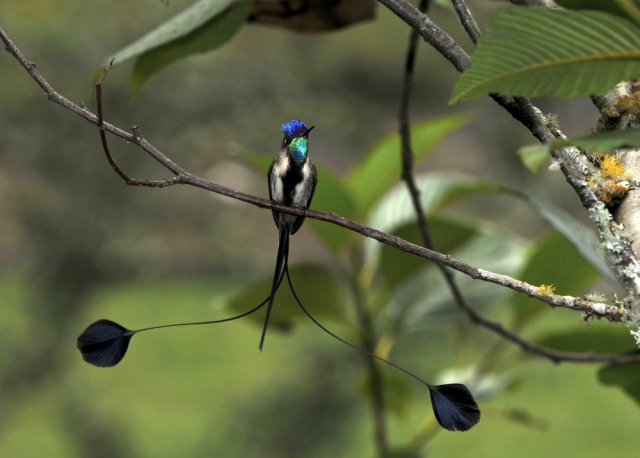World's rarest birds through the lens
The winners of The World's Rarest Birds photo competition have recently been announced. The competition, launched in 2010, aimed to secure images of the 566 most threatened birds on Earth for a new book highlighting their plight.
Thousands of images were entered into the competition and hundreds will be featured in The World's Rarest Birds to be published in 2012 by the ethical publishing company WILDGuides. Profits from sales will go to BirdLife International's Preventing Extinctions Programme to help support conservation projects worldwide.
The competition had three categories, and the winning entries in each were as follows:
Critically Endangered (190) species or those that are Extinct in the Wild (4)

Winner: A wonderful image of a Kakapo, a flightless parrot from New Zealand. This is one of the rarest birds of all, with only 124 individuals alive today. The main reason for its decline is predation by introduced mammals, particularly feral cats. (Photo: Shane McInnes/TheWorldsRarest.com.)

Runner-up: A captivating photo of a Brazilian Merganser with ducklings. This sawbill is restricted to a few fast-flowing rivers in central Brazil and northeastern Argentina. The population is fewer than 250 individuals and decreasing, the main threat to its continued survival being changes in water flow and pollution. (Photo: Sávio Freire Bruno/TheWorldsRarest.com.)

Third place: A fantastic image of a Christmas Island Frigatebird in flight. This kleptoparasitic seabird breeds only on Christmas Island in the Indian Ocean, with a population of about 1,220 pairs, mostly in a single colony. The main threats to its survival are loss of its breeding trees and pollution caused by phosphate mining, cyclones, and possibly the introduced Yellow Crazy Ant. (Photo: David Boyle/TheWorldsRarest.com.)
Erik Hirschfeld, Chief Editor of The World's Rarest Birds, said: "We would like to thank all the photographers who kindly submitted their images to the project. Having so many amazing images to choose from will certainly ensure that the book contains the most complete collection of photographs of the most threatened birds ever published. We are working hard to complete the book by next year but, for those wishing for a preview, all 13 winning images, and those that were highly commended, will be on display at the British Birdwatching Fair at Rutland Water in August and are sure to cause quite a stir."
"Having analyzed the competition entries, I am delighted to report that we have been offered photos of nearly 90% of the 566 species that are currently categorized as either Extinct in the Wild, Critically Endangered or Endangered. We are very grateful to Minox, Lynx Edicions, BirdLife International, WILDGuides, Princeton University Press and the World Migratory Bird Day who kindly agreed to support the project by providing a range of attractive prizes for the competition. I am sure that this support helped to encourage more people to submit their images for use in this important project."
Endangered (372) or Data Deficient (62) species

Winner: A beautiful photo of a flying Asian Crested Ibis from China. This species once bred in Russia, Japan and China, but has undergone a major population crash. It is now restricted to Shaanxi province in central mainland China, where just 250 individuals survive, though the population is slowly increasing as a result of conservation action. The main reason for its decline is probably linked to the loss of suitable feeding grounds due to the change from rice-growing to dry wheat production. (Photo: Quan Min Li/TheWorldsRarest.com.)

Runner-up: An amazing photo of a displaying Red-crowned Crane from East Asia. The population now numbers only 1,700 mature individuals and is continuing to decrease due to the loss and degradation of wetlands through conversion to agriculture and industrial development. (Photo: Huajin Sun/TheWorldsRarest.com.)

Third place: A lovely image of a Marvellous Spatuletail, a stunning hummingbird restricted to just two sites in northern Peru. The population is estimated to be fewer than 1,000 and decreasing due to deforestation for cash crops such as marijuana and coffee. (Photo: Daniel Rosengren/TheWorldsRarest.com.)
Andy Swash, Managing Director of WILDGuides, said: "We are delighted to be working with BirdLife in producing The World's Rarest Birds. Although it will be a wonderfully illustrated book, its key message is poignant — a large proportion of the World's birds, including every one depicted, is threatened with extinction. This is a great concern to many and I just hope that the production of The World's Rarest Birds will help to raise awareness and make some contribution to their conservation."
Critically Endangered birds that are migratory (27 species)
(Sponsored by the World Migratory Bird Day)

Winner: A touching image of a pair of Orange-bellied Parrots, a small parrot that breeds only in a small area in southwestern Tasmania and migrates to coastal areas in southeastern Australia in the winter. The wild population is probably fewer than 150 individuals and decreasing, probably due to the loss of its wintering favoured habitat as a result of agriculture and urban and industrial development. (Photo: David Boyle/TheWorldsRarest.com.)
Adrian Long, BirdLife's Head of Communications, added: "The response to The World's Rarest Birds photo competition was quite remarkable. The number and of entries was almost overwhelming, and the quality of the images just breath-taking. The book in which they will feature will, I am sure, be stunning and BirdLife is indebted to the many photographers who have contributed for providing the impetus to make it happen."

